This week I’ve been working with Clare, the Senior Paintings Conservator, to make some Constable-style pasteboards (sheets of paper glued together) for a display to go in the Paintings gallery. After several weeks of reading up on it (for example in the essays referenced here), looking at examples of Constable’s works on paper, and thinking about how we might go about recreating one or two, we decided to go for it.
I made some old-fashioned flour paste which we used to line some papers together, since Constable probably wouldn’t have had access to our most common adhesive in the Paper Conservation studio – wheat starch paste.
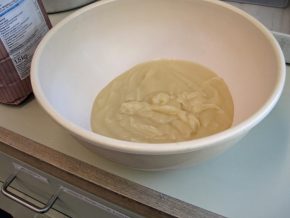
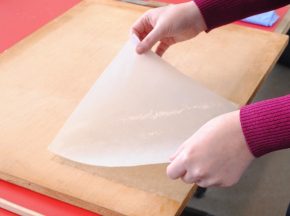
We didn’t have a full wooden frame to clamp the edges of the paper to the board like we believe Constable did, so we just did one edge, with a strip of wood and some G clamps.
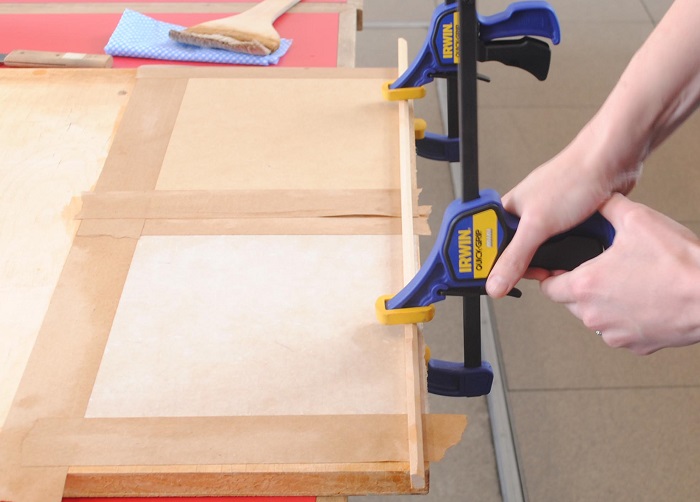
It turned out beautifully and gave us exactly the creases and impressions we were hoping for (which we got quite ridiculously excited about!).
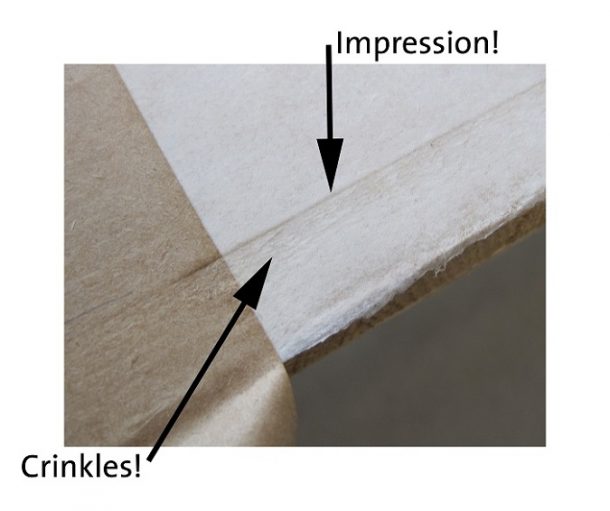
The next day we concentrated on sizing and ground layers. One piece got some rabbit-skin glue size and an oil-based dark ground similar in colour to A Cart on a Lane at Flatford – we left half of this one un-sized to see what would happen, as we weren’t sure whether Constable had sized his papers or not before applying oil-based grounds.
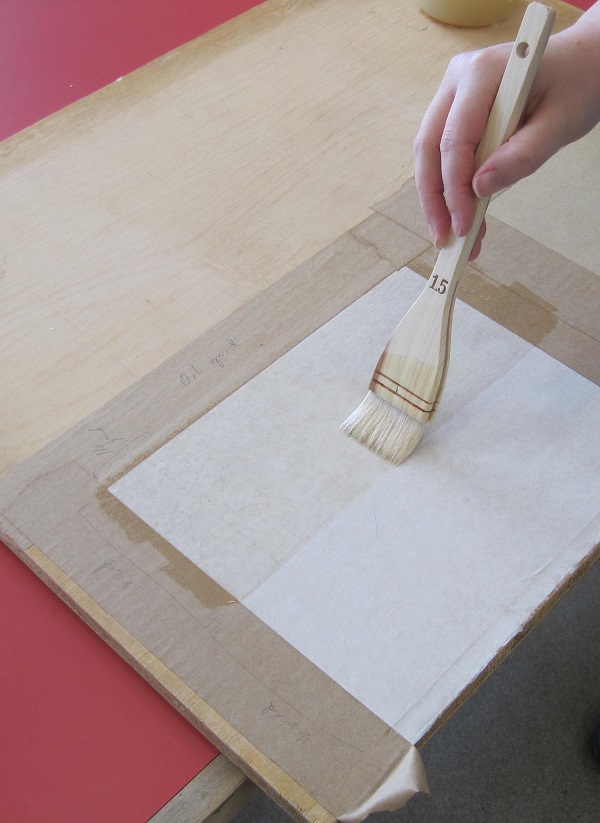

The other paper got no sizing and a pink ground with a rabbit-skin glue binder. Once again we got exactly what we were hoping for – visible brush strokes with the brown paper showing through, similar to those visible in works like A Windmill on the Downs.
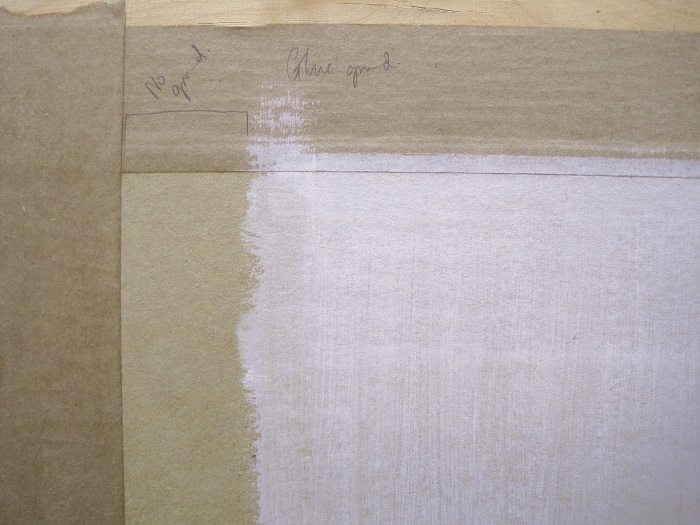
We’re going to leave it there for now, to give the oil ground time to dry. Then Clare will give you an update on her efforts at painting like Constable on these pasteboards.
Clare and I would like to thank Sarah Cove and Victoria Button for their advice.


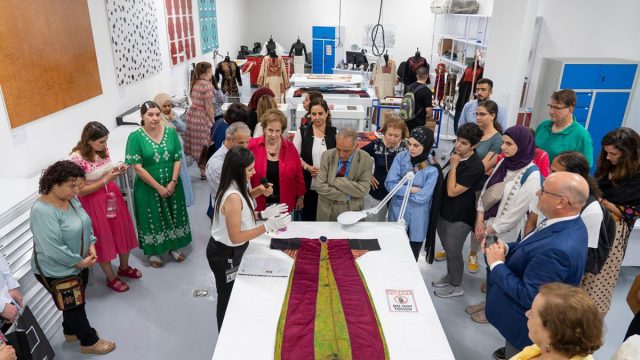
My most detailed essay on Constable’s papers is;
‘Fit for Purpose: Constable’s Use of Millboard and Paper Supports, c.1809-29’ in ‘Constable’s Oil Sketches: The Maria Bicknell Years’, ed. H. Chivian-Cobb, Salander-O’Reilly Gallery, New York, 2007. this is a revised and extended version of my paper in the Inst. Paper Conservation Manchester Conference Papers 1992, ed. S.Fairbrass, pp.123-8